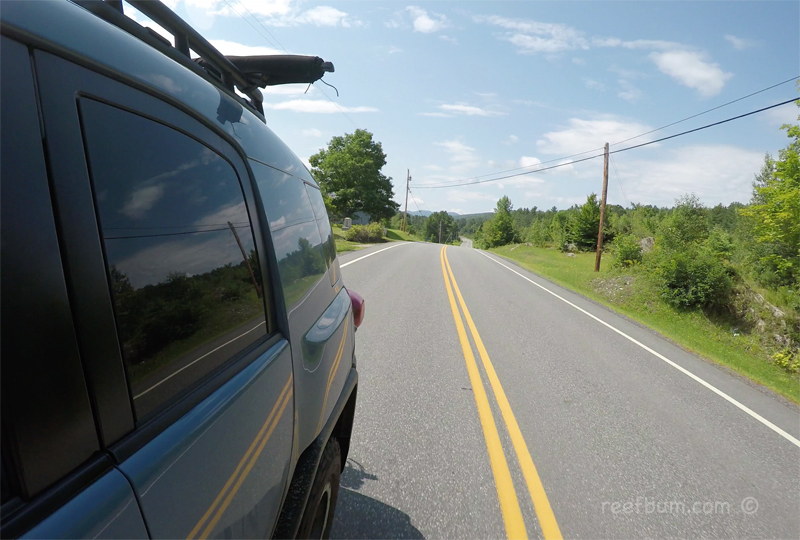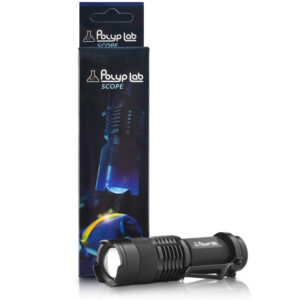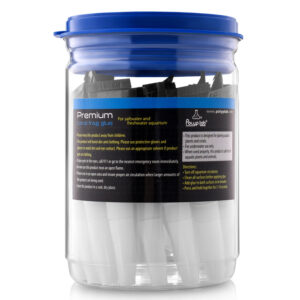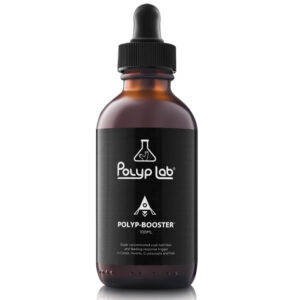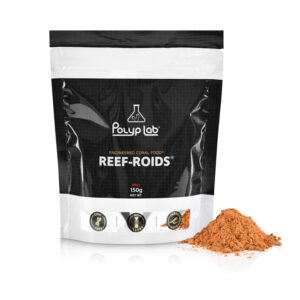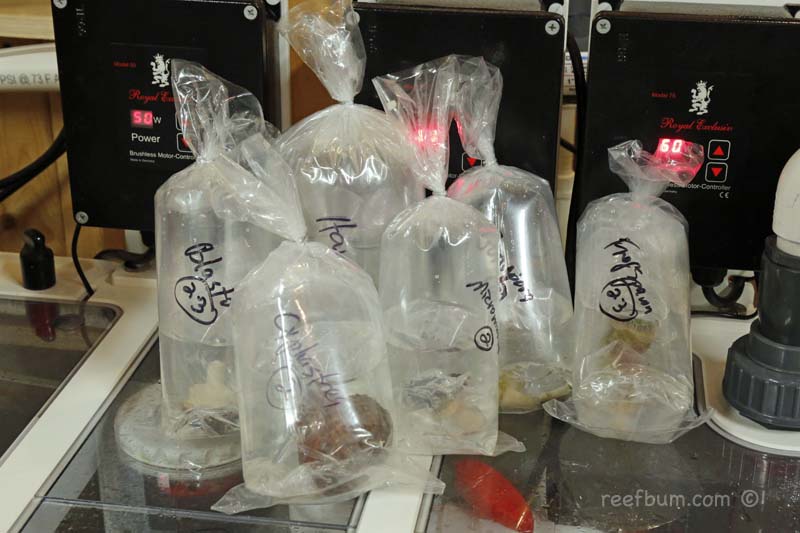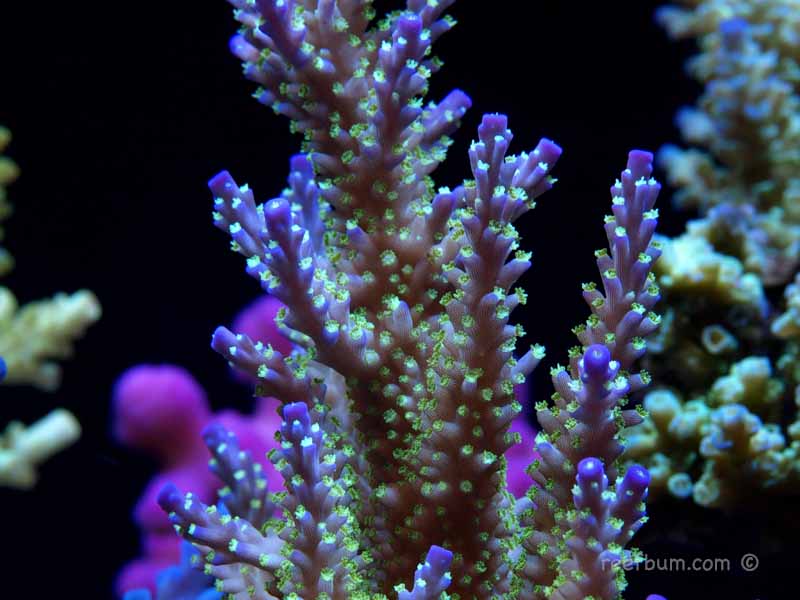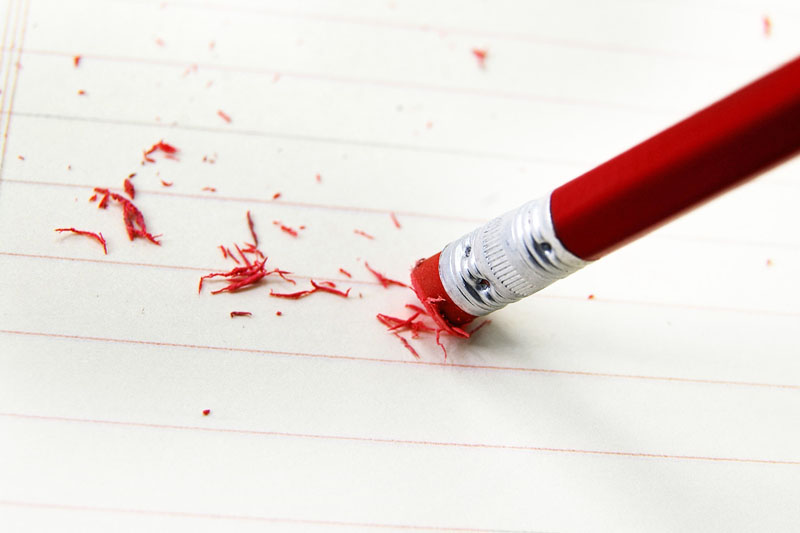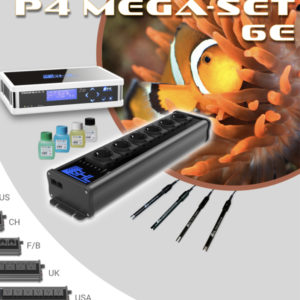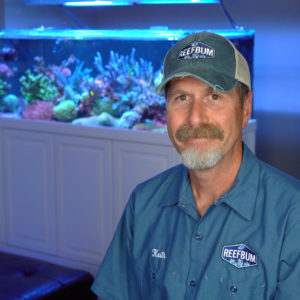Vacations are awesome but for a reef keeper they can be a bit stressful. I do get nervous before heading out to decompress away from home, especially when the trip is a week or more. And the stress level tends to increase the further I am away from home. God forbid I have to race back to take care of an emergency. Here are some tips on how to prepare a reef tank before leaving on vacation.
-
Don’t Make Any Major Changes to Tank
You have a new skimmer that needs to be installed or you want to add a second return pump to your sump. DON’T DO IT! Chances are a new piece of equipment needs to be tweaked after it is installed to make sure it is running at an optimal level. It can even malfunction if not installed properly. A reef keeper should be around a while to babysit any new install.
-
Top Off RO/DI Water Reservoir and Other Additives
Make sure your RO/DI reservoir has enough water to last the length of the vacation plus another week. There should also be an ample supply of other liquid additives such as trace elements or two-part calcium and alkalinity supplements. A tank with a heavy demand for calcium and alkalinity can crash if dosing ceases for a few days. If you use a calcium reactor, check to make sure your C02 is not running low.
-
Stay on Top of Maintenance
Equipment will eventually fail if it is not maintained on a regular basis. For example, I perform maintenance on my peristaltic dosing pumps every three months to make sure they run as smooth as possible. As noted in point #2, you don’t want two-part dosing to stop while you are gone.
-
Invest in a Controller
An aquarium controller is a great tool to have while on vacation. Just make sure you don’t set one up right before you go on vacation. Remember Tip 1
I actually use a controller as a monitor so I use the data myself to take action. For instance, if my alkalinity is dropping while I am away I lower the pH set point in my calcium reactor. This increases the alkalinity since more C02 will be injected with a lower set point. A controller can also alert you if certain parameters such as temperature, conductivity or alkalinity are out of whack. I have email and text alerts setup for this purpose.
-
Utilize Web Cams
I have two web cams trained on my 187 gallon system. One, an Axis M1145-L Network Camera, generates a 24/7 live stream on YouTube while the other is a Nest Cam pointed at my sump. The Nest Cam has infrared, allowing the video to be viewable in a dark room. Live streaming a web cam to YouTube is a bit more complicated to setup but it is a breeze to setup a Nest Cam. While on vacation I like to look at the webcams on a daily basis since they can identify a problem before it is detected by a controller. As an example, lower than normal water in the sump could indicate a problem with the auto top-off device.
-
Use a Reliable Tank Sitter
Yes, you want a person you can count on to not only feed your fish but to also help with any basic maintenance required during the vacation. They should also be handy in case something goes wrong with the tank. Someone with reef keeping experience is ideal. No matter who it is, it is best to give the tank sitter an in-person briefing about the tank and their responsibilities. I also leave detailed notes with my contact info in case they have questions or need to get in touch about an issue. Oh boy, I get really nervous when I see the tank sitter call or text me.
-
Resist Adding New Corals & Fish
Any new additions should be avoided right before you go away. A new fish is under considerable stress when added to a new tank. Other fish may be picking on it or it could have a disease. A dead fish left inside a tank can be problematic on a number of fronts. As for corals, I abstain from adding any frags within two weeks of a vacation. My biggest concern is not being around to re-glue a frag that has been knocked off its perch. If the glue or putty holds for a couple of weeks then chances are there is a solid bond. But you never know when you have turbo snails. Those brutes can bowl anything over
-
Add an Auto Fish Feeder
I usually feed my fish four to five times a day but when I use a tank sitter that person is only coming over to do two feedings. I like to use an auto fish feeder to dispense pellets to supplement feedings.
-
Replace Filter Socks
Swap out filter socks with new ones right before you leave. You may even want to consider removing filter socks for a trip over a week if they clog every 3-4 days. If you use filter rolls then make sure you have a sufficient supply.
-
Prepare for a Power Outage
If you have a portable generator around make sure you give your tank sitter a tutorial on how to use it in case there is an extended outage. At the very least you will want to have a battery backup to keep flow going and water oxygenated while the power is out. It can also be helpful to simulate an outage while you are home. Some equipment can trip a GFCI when power is restored all at once after a blackout. This will allow you to troubleshoot and fix the issue so it doesn\’t happen while you are gone.
Well, there you have it, some tips for prepping a reef tank before you hit the road. Yes, I do have some angst about my tank when I am on vacation but these guidelines do help alleviate some of my anxiety. The animals will appreciate these efforts as well.
Additional Resources
If you would like some help with a new tank build, including help designing a custom aquarium, or help re-configuring your current setup then you can visit this page for more information. And if you are looking to add some equipment, I do sell GHL, Pax Bellum, Reef Octopus Calcium and Kalk Reactors and Royal Exclusiv products, including Dreamboxes, which is the equipment I use and recommend. I also sell Reef Brite metal halide and LED fixtures as well as Maxspect & IceCap Gyres.
As for additional insights and information, please explore my many other reef tank and SPS related articles as well as my YouTube channel. For an even deeper dive into reef tank care you can check out my Reef Keeping Master Class. This online course is an immersive and one of a kind educational tool designed to help reef aquarium hobbyists build and maintain a beautiful SPS reef tank. The course is a series of video presentations with some supplemental video from my YouTube channel. There are also quizzes to help students retain and understand the information presented in the course.
Need some frags…..I can help with that as well 

